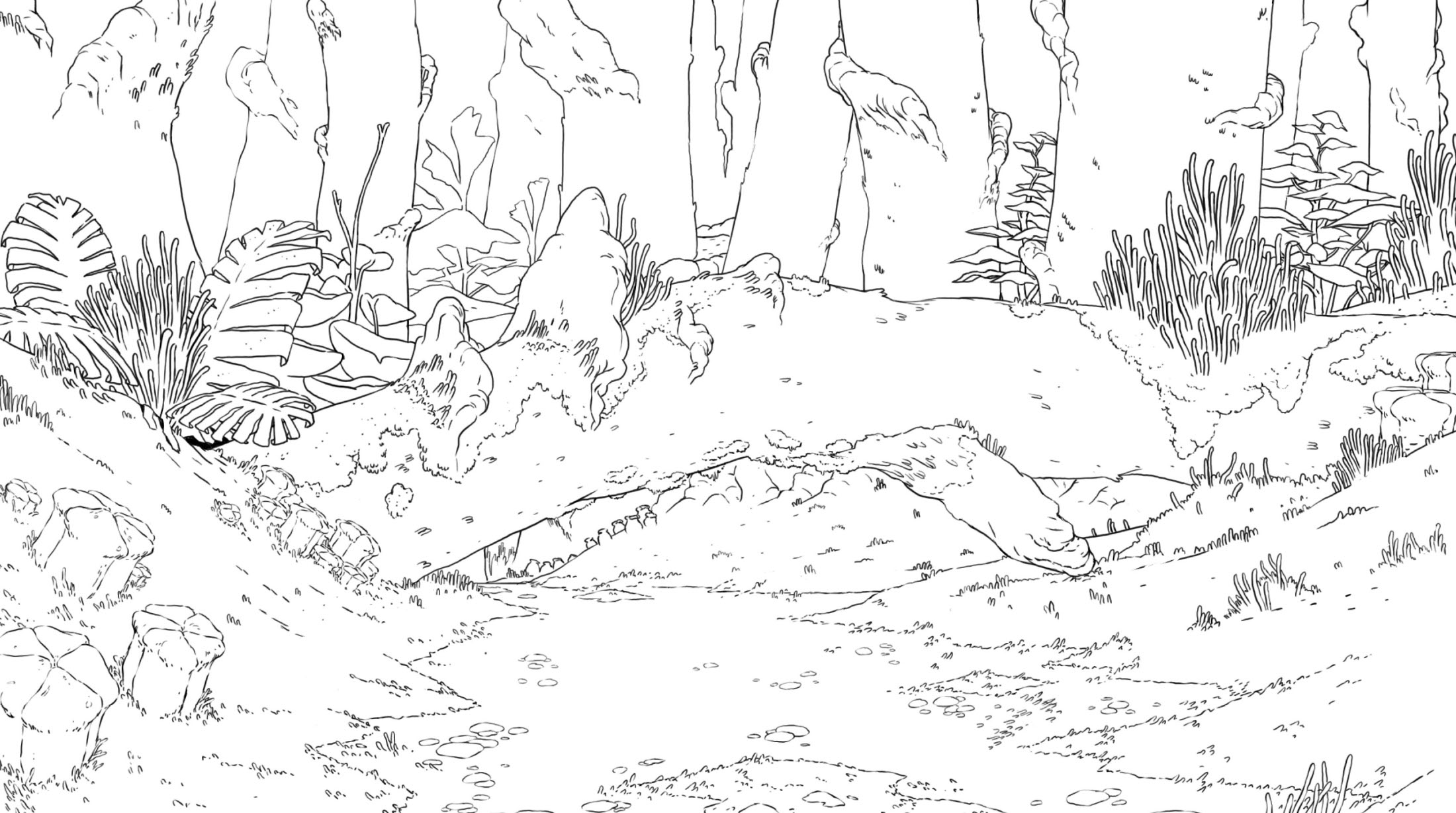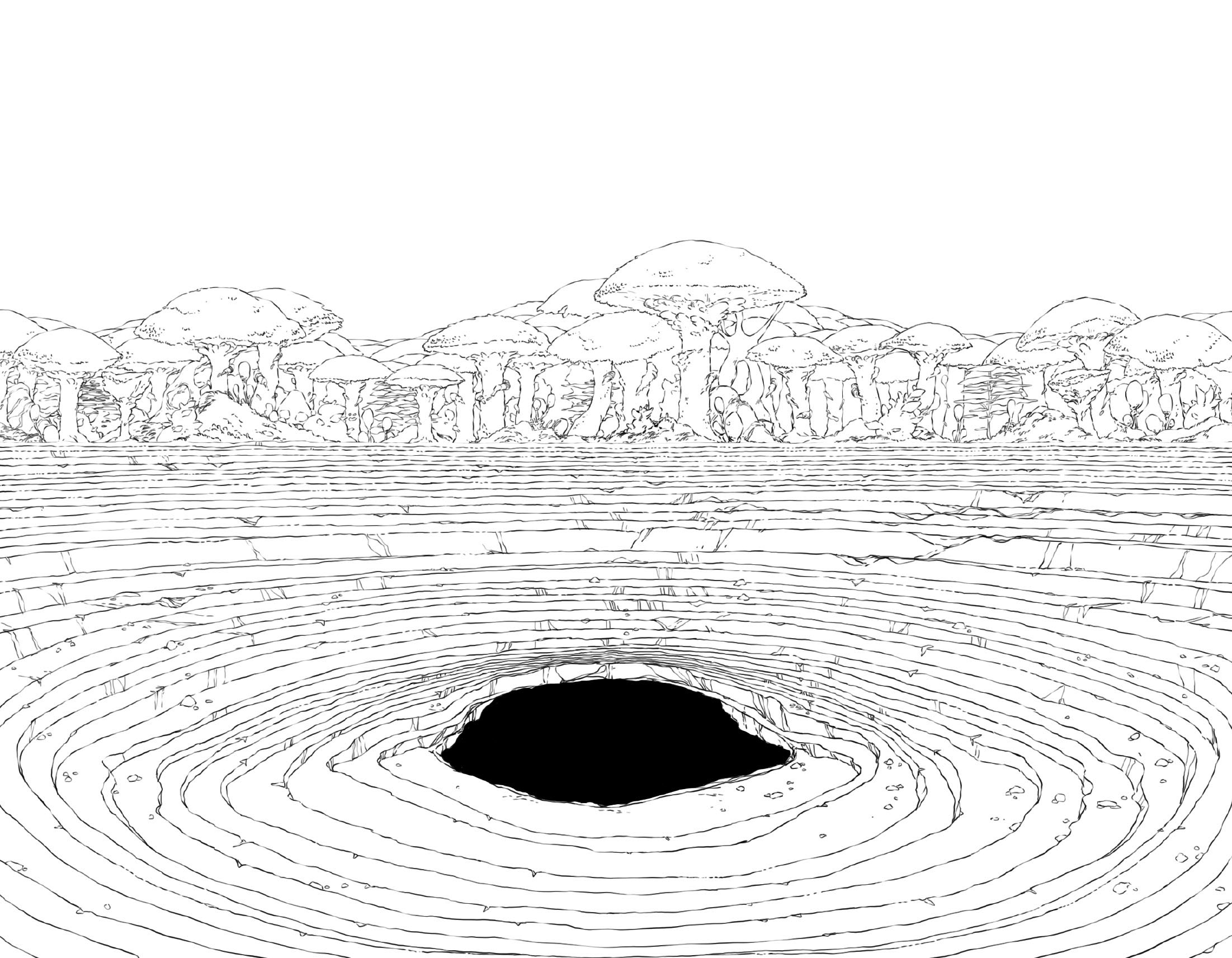BREAKING NEWS
LATEST POSTS
-
-
Decapitalising our minds: the key to addressing climate change
Capitalism is the root cause of our ecological crisis and the key barrier to solving it.
There are two reasons for this. Firstly, capitalism cannot exist without economic growth, and economic growth is the main reason why our emissions have been increasing over the last 30 years and further growth will make it impossible to decarbonise in time to avoid activating tipping points.
Secondly, our minds have been shaped by capitalism and it is stopping us from seeing both the role capitalism plays in the cause of climate change and the full scope of solutions available to address the crisis. Social psychologist, Professor Harald Welzer, sums this up well, describing economic growth of industrial societies as “enshrined in business and politics, but also in the psychological structure of the people who grow up in such societies.”
https://erinremblance.substack.com/p/decapitalising-our-minds-the-key
There are six key ways in which capitalism shapes our minds. Under capitalism we, collectively, believe:
- Nature is nothing more than a ‘resource’ to be exploited
- Our power lies in either our consumption habits or our employment
- Success lies in evermore material items and novel experiences
- People are a ‘resource’ and must earn their living
- Money is scarce and the government must make choices
- We must compete with others
This ‘capitalisation’ of our minds creates a barrier to solving the climate crisis in many ways, including:
- denial that the crisis exists because the solutions don’t fit one’s capitalistic ideology;
- disinterest and disengagement with the crisis because nature is for others to focus on;
- unconscious of how our minds are shaped by capitalism, we:
- champion solutions that are well-intentioned but inadequate because they assume mythical ‘green-growth’;
- implement targets that aren’t supported by policies to achieve them, instead relying on technology that doesn’t currently exist to cover the gap.
Unsurprisingly, the mindset we need to address the climate crisis is the exact opposite of the mindset described above.
FEATURED POSTS
-
Willem Zwarthoed – Aces gamut in VFX production pdf
https://www.provideocoalition.com/color-management-part-12-introducing-aces/
Local copy:
https://www.slideshare.net/hpduiker/acescg-a-common-color-encoding-for-visual-effects-applications
-
The 7 key elements of brand identity design + 10 corporate identity examples
www.lucidpress.com/blog/the-7-key-elements-of-brand-identity-design
1. Clear brand purpose and positioning
2. Thorough market research
3. Likable brand personality
4. Memorable logo
5. Attractive color palette
6. Professional typography
7. On-brand supporting graphics
-
Rec-2020 – TVs new color gamut standard used by Dolby Vision?
https://www.hdrsoft.com/resources/dri.html#bit-depth

The dynamic range is a ratio between the maximum and minimum values of a physical measurement. Its definition depends on what the dynamic range refers to.
For a scene: Dynamic range is the ratio between the brightest and darkest parts of the scene.
For a camera: Dynamic range is the ratio of saturation to noise. More specifically, the ratio of the intensity that just saturates the camera to the intensity that just lifts the camera response one standard deviation above camera noise.
For a display: Dynamic range is the ratio between the maximum and minimum intensities emitted from the screen.
The Dynamic Range of real-world scenes can be quite high — ratios of 100,000:1 are common in the natural world. An HDR (High Dynamic Range) image stores pixel values that span the whole tonal range of real-world scenes. Therefore, an HDR image is encoded in a format that allows the largest range of values, e.g. floating-point values stored with 32 bits per color channel. Another characteristics of an HDR image is that it stores linear values. This means that the value of a pixel from an HDR image is proportional to the amount of light measured by the camera.
For TVs HDR is great, but it’s not the only new TV feature worth discussing.
(more…)






